When it comes to selling shoes, marketing to Pinterest 70 million members is a no brainer. But when it comes to selling specialised services to businesses, the value of social media monitoring can be dim to even the most experienced agency consultants and B2B decision makers.
- What are the best social media monitoring platforms (SMM) out there?
- Are there budget-friendly or free options?
- What are the benefits of developing social media listening capabilities?
- And how do I know it’s worth my money?
We hear similar questions from agency professionals and marketers every day.
Obviously, the immense availability of hundreds of SMM platforms can be confusing sometimes.
Some are available for free or work on a freemium model; others are pricey or prefer to hide their prices from the public.
The minimum payment for your plan could be an anything from $10 a month to $50,000!
Whilst some of your clients might consider this expensive, many would argue that they give good value for that price, given the good coverage, crawling capabilities, level of support and the in-depth features they offer.
Within that wide spectrum, here are some specific use cases to prove the value of investing in a social media monitoring tool:
If you’re unconvinced by the potential power of generating leads through SMM, then consider this: 78.6% of sales people using social media to sell outperform those who aren’t using social media.
Millions of conversations on social media concern products, services, reviews or complaints.
With a few simple searches that pertain to your target industry and the right intent to purchase keywords, they will have access to an almost unlimited source of potential leads.
We use Brandwatch to find leads every day. In October 2013 alone, we were able to identify tens of thousands of dollars worth in potential revenue using this technique.
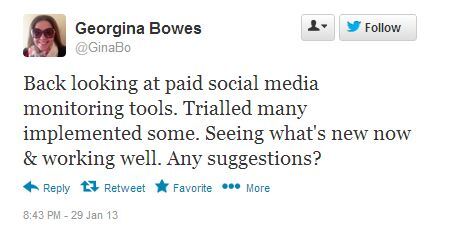
Tracking social conversations, agencies can stay ahead of the pack by gaining a better understanding of a client’s customer base, the wider market and who their major competitors are, and therefore, create a better pitch.
 Being able to demonstrate ways consumers are using your clients’ products, especially those that the brand weren’t aware of, could point out a massive growth opportunity for the business – and ultimately give you the upper hand in helping your agency secure that valuable pitch.
Being able to demonstrate ways consumers are using your clients’ products, especially those that the brand weren’t aware of, could point out a massive growth opportunity for the business – and ultimately give you the upper hand in helping your agency secure that valuable pitch.
Whether businesses are looking for industry experts, brand advocates or notorious individuals with only a passing interest in the market, a simple Google search just won’t cut it.
Using social data, you can show the prospect how to build a suitable list of influencers and otherwise unknown online personas that can be harnessed with less effort.
How? By looking at both relevancy to your searches and the metrics that help determine influence (visitors/month, avg. time on site, kred score, outreach, retweets, mozRank, backlinks, reach score, etc.).
Tag any influencer by name and source, assign follow-up tasks and enable sales, marketing or support teams to ascertain total booked revenue that came from particular social activities. The platform does the maths, but it’s only as good as the set up.
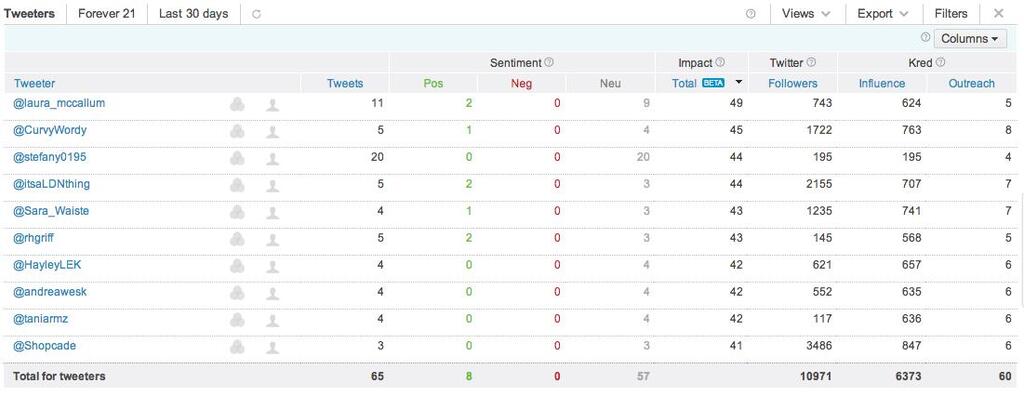
Social media is quickly becoming the first port of call for many brands’ customer service offerings.
Often the response is faster for customers than sorting through an auto-response on a phone to reach the appropriate department.
Brands also stand to benefit. Monitoring online customer support forums and engaging with comments from social outlet will allow them to increase customer satisfaction and loyalty, reduce customer support and call centre costs (significantly) and drive customer advocacy.
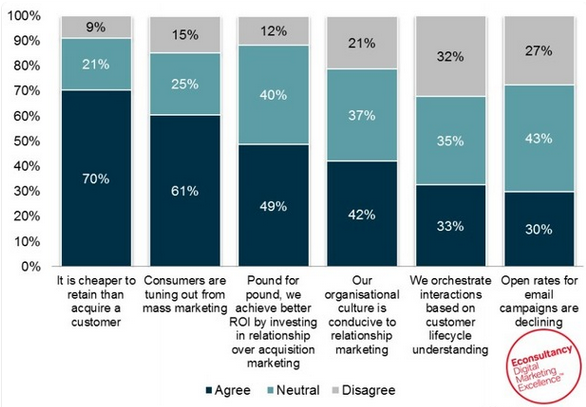 You can also proactively identify problems and how to solve them before they become more complicated to truly make the most of the power of social.
You can also proactively identify problems and how to solve them before they become more complicated to truly make the most of the power of social.
It’s not only cheaper to conduct social customer service than via traditional, reactive means, but effective customer retention is far cheaper than attempting to acquire new ones.
Marketers have always struggled when it comes to quantifying social media activities.
Measuring your social ROI may not be perfect, but it’s not impossible either.
By setting up goals and using various available metrics, you can determine the views, impressions, new subscribers, interactions and comments on key channels and owned communities and blogs – but also how those numbers relate to your bottom line.
Analysing the relationship between volume of mentions, web traffic, social media referrals, conversion rates and so on with sales figures, average transaction value, client churn and other more traditional business KPIs will enable you to place an actual value on your social initiatives.
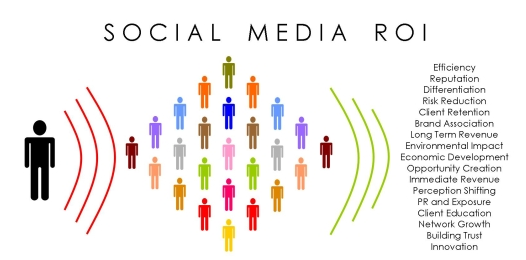
6. Optimising Campaigns
Presenting the effects of previous or ongoing campaigns and being able to tell the impact a piece of content had is a great way of help prospects appreciate the value of social media marketing.
Using SMM, you can demonstrate the changes in community size to describe brand awareness, use click-through data to measure campaign reach, report lead capture from your social media promotions and analyse the shareability of your content to measure word of mouth within your circles.
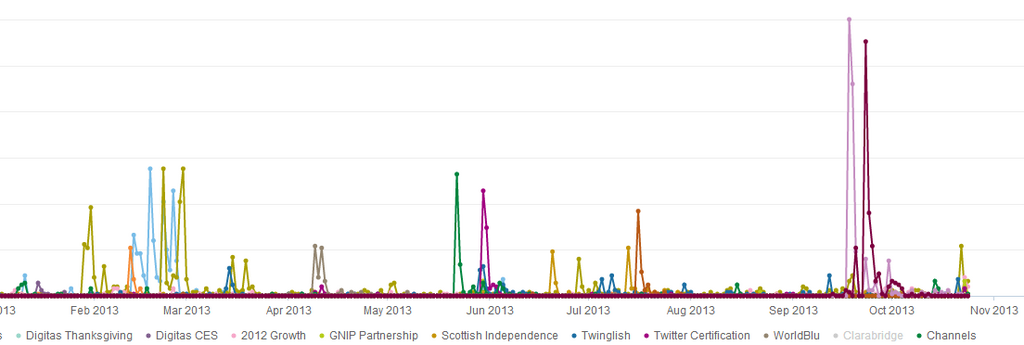 You can discover how well received each marketing campaign is and use that data to optimise future endeavours – saving you money and streamlining your operations.
You can discover how well received each marketing campaign is and use that data to optimise future endeavours – saving you money and streamlining your operations.
Numbers don’t mean much without context, so make sure to track your clients’ competitors so they can how visible their brand is in comparison.
Being able to demonstrate an understanding of the wider industry will help you benchmark your presence and efforts, as well as provide you with a better understanding of where gaps and opportunities exist in the market.
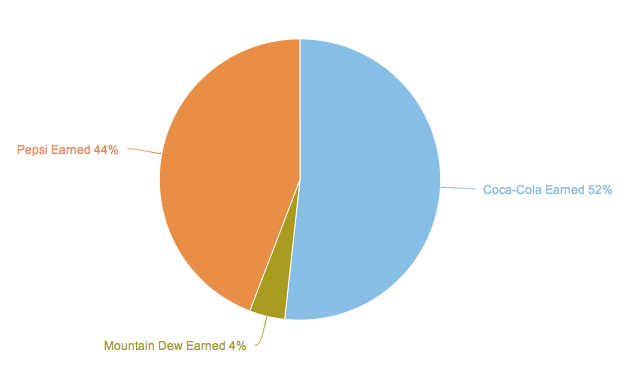
8. Gather Feedback on Your Products and Services
Analysing social conversations to listen to what consumers like, talk about and do might help your clients to target them better.

Your commercials may be focusing on entirely the wrong parts of your product, or you might discover that expensive R&D into particular areas is actually wasted energy and customers want something different altogether.
9. Manage Your Reputation
The fact that complaints on social media are publicly visible gives customers an edge over brands, who can quickly become terrified of having their reputations damaged.

Keeping tabs on peaks and changes not only in mentions, but also in increases relating to particular topics or negative sentiment can be crucial – this is where SMM alerts can make all the difference.
Cultivating a positive presence online, and communicating effectively with customers and prospects can dramatically change the perception of a brand online.
Using listening tools to complement your SEO strategy is another great way that SMM assists in managing your online reputation.
In order to avoid crisis situations arising or to regain control if one should occur, brands can detect a threat before it escalates.
The most apparent technique for detecting possible crises is to regularly monitor the volume of conversation about your brand online, set up (increase, keyword based or regular) alerts and look into sudden peaks, negative conversation and common topics.
In the case of Ryanair, for example, a simple response to the disgruntled customer below could have avoided a customer complaint spreading online like wildfire.

This is by no means an exhaustive list but in almost every case, social media monitoring offers deeper insights for your clients than what you can achieve using manual techniques. If any of this post made you want to know more about the value of social media monitoring, then please don’t hesitate to get in touch.